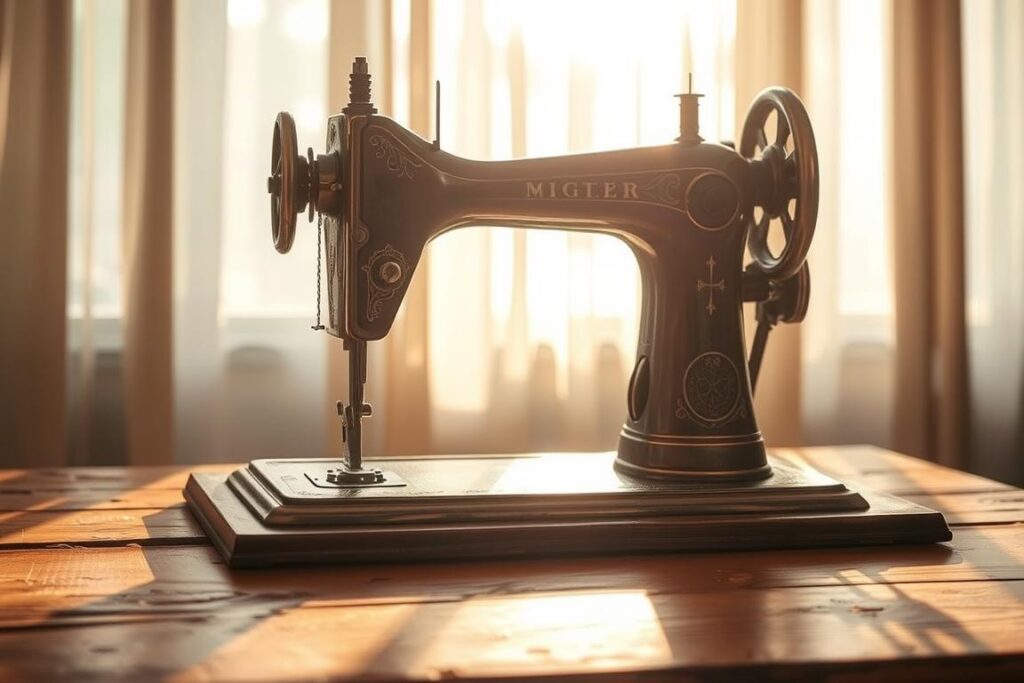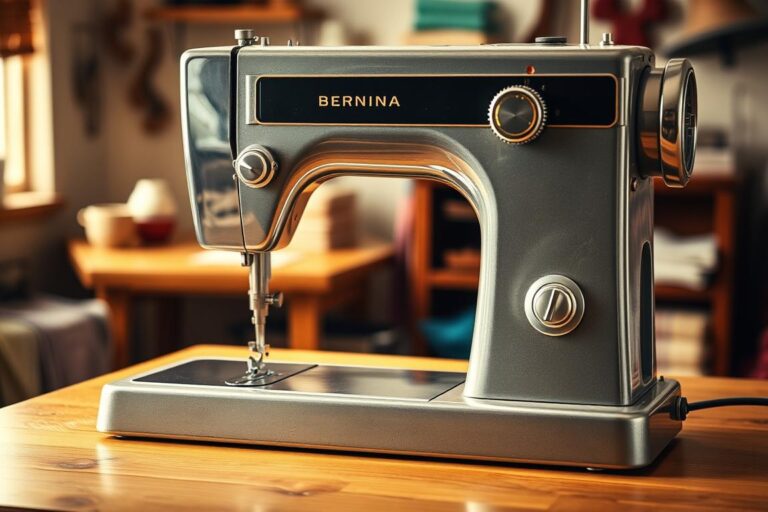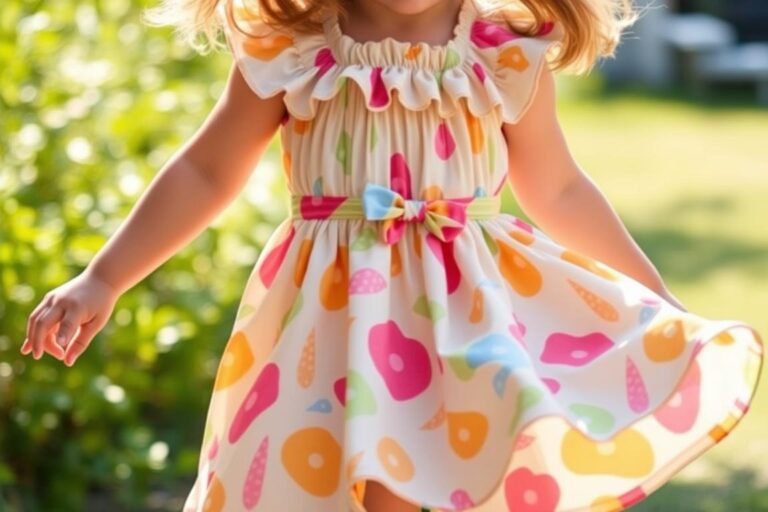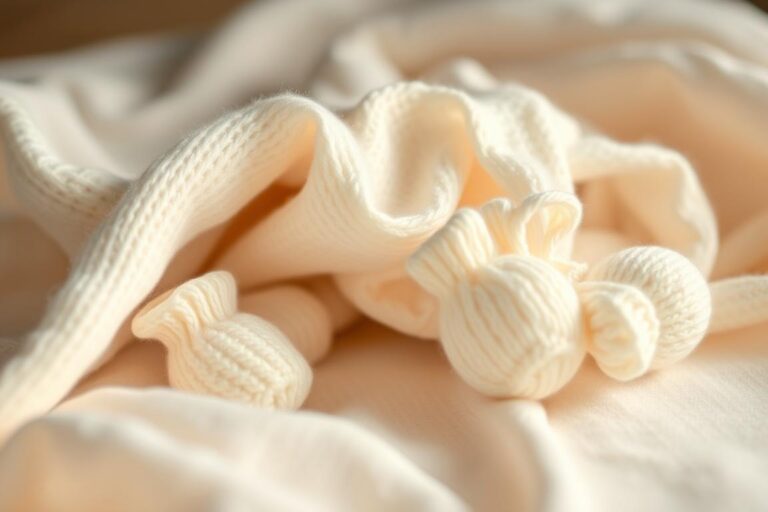Vintage vs. Modern Sewing Machines: Is Upgrading Worth It?
Have you ever wondered if your grandmother’s trusty Singer 15-91 could outperform today’s sleek, high-tech models? This question sparks a lively debate among crafters and sewing enthusiasts. Older models, like the 1952 Singer 15-91, are celebrated for their durability and timeless charm. But are they truly better than the advanced options available now?
Many people swear by the reliability of these older machines. They’re often built with sturdy metal parts that can last for decades. Take, for example, the Kenmore hand-me-down that’s still stitching perfectly after years of use. These machines carry not just functionality but also sentimental value—a connection to the past that’s hard to replicate.
On the other hand, newer models offer features like automatic threading and programmable stitches, making sewing easier for beginners. But does convenience outweigh the sustainability and cost-effectiveness of repairing and reusing older machines? Let’s dive into the details to help you decide which option suits your needs best.
Exploring the Legacy of Vintage Sewing Machines
Ever felt the satisfaction of restoring a piece of history, like a 1952 Singer sewing machine? These machines aren’t just tools—they’re treasures. Built with sturdy metal parts, they’ve stood the test of time, often outlasting newer models. Take the Singer 15-91, for example. Found at an estate sale, it was cleaned, re-wired, and brought back to life, ready to stitch for another generation.
One of the standout features of these older machines is their mechanical simplicity. Unlike modern options, they’re easier to repair and maintain. Needle changes are a breeze, and the wider throat space makes handling bulky fabrics a cinch. While they may only offer a straight stitch, their robust design is perfect for heavy-duty projects.
Beyond functionality, there’s a sentimental connection. Many of these machines, like the Kenmore passed down through families, carry stories and memories. “It’s not just a machine—it’s a piece of my family’s history,” one person shared. This emotional value is something no new model can replicate.
Restoration is part of the charm. Cleaning, oiling, and repairing these machines can be a rewarding experience. It’s a way to honor the craftsmanship of the past while creating something functional for the present. So, if you’ve got an old machine sitting in a corner, why not give it a second chance? You might just fall in love with its timeless appeal.
Modern Sewing Machines: Technological Advancements and User-Friendly Features
What makes modern sewing machines a game-changer for crafters? These machines are packed with innovative features that simplify the sewing experience. From automatic threading to digital displays, they’re designed to save time and effort.
Take the Brother Project Runway PC420PRW, for example. This model offers over 400 built-in stitches, including decorative and utility options. Its automatic needle threader and drop-in bobbin system make setup a breeze, even for beginners.
Modern designs also focus on ergonomics. Features like adjustable speed control and LED lighting reduce physical strain. “I no longer have to squint or struggle with threading,” shared one user. These small but impactful details enhance the overall experience.
Here’s why today’s machines stand out:
- Automatic Functions: Stop/start buttons, thread cutters, and needle positioning eliminate manual steps.
- Digital Displays: Easy-to-read screens guide you through stitch selection and settings.
- Enhanced Support: Video tutorials and customer service make troubleshooting simple.
These advancements aren’t just about convenience—they’re about precision. Modern machines ensure consistent stitch quality, even on tricky fabrics. Plus, warranties and service packages provide peace of mind for long-term use.
Whether you’re a beginner or a seasoned crafter, these features make sewing more enjoyable. So, if you’re looking for a machine that combines innovation with ease, modern options are worth exploring.
Vintage vs. Modern Sewing Machines: Is Upgrading Worth It?
Choosing between a classic and a contemporary sewing machine can feel like picking between two worlds. Each has its unique strengths, and the right choice depends on your needs and preferences.
Classic machines, like the Singer 15-91, are celebrated for their durability and simplicity. Built with sturdy metal parts, they’re easier to repair and maintain. “I’ve had my machine for over 50 years, and it still works like a charm,” one user shared. These models often have a wider throat space, making them ideal for heavy fabrics like denim or canvas.
On the other hand, modern machines offer precision and convenience. Features like automatic threading and programmable stitches save time and effort. For example, the Bernina 770QE boasts over 1,000 stitch options, perfect for intricate designs. However, these advanced features often come with a higher price tag and repair costs.
Here’s a quick comparison to help you decide:
- Repair and Maintenance: Classic machines are simpler and cheaper to fix. Modern models, especially computerized ones, can be costly to repair.
- Stitch Variety: Older machines usually offer only straight stitches, while newer ones provide hundreds of options.
- Cost: You can often find classic machines at a lower price, even after restoration. Modern machines, like the PFAFF creative 4.5, can cost thousands.
When it comes to practicality, consider your projects. If you’re into quilting, a classic machine’s throat space might be a game-changer. For embroidery or applique, a modern machine’s precision is hard to beat.
Ultimately, the decision boils down to your priorities. Do you value timeless craftsmanship or cutting-edge technology? Whichever you choose, both options have their place in the world of sewing.
Expert Insights and Real-World Experiences
What do seasoned sewists say about their machine upgrade experiences? Many users describe the shift from basic to advanced models as a “night and day” difference. For example, one person shared their journey from a $100 Singer Confidence to a $1400 Bernina 830. “The precision and ease of use were game-changers,” they said.
Experts often recommend test-driving machines before making a purchase. Visiting a local store allows you to feel the machine’s weight, test its features, and ask questions. “It’s like buying a car—you wouldn’t commit without a test drive,” one expert advised.
Technical aspects like tension balance and fabric feeding are critical. A built-in walking foot, for instance, can make a huge difference when working with tricky fabrics. “I used to struggle with layers, but the walking foot solved that issue,” shared a quilter.
Common issues include finicky tension knobs and machine jamming. A reliable repair service is essential, especially for computerized models. “Having a trusted technician nearby gives me peace of mind,” one user noted.
Community feedback and educational classes also play a big role. Many brands, like Bernina, offer free-motion quilting classes with purchases. “The classes helped me unlock my machine’s full potential,” said a participant.
Ultimately, choosing the right machine comes down to personal needs and comfort. Whether you’re a beginner or a pro, testing and learning are key. “Take your time, ask questions, and trust your instincts,” advised a seasoned sewist.
Conclusion
Deciding between a classic and a new sewing machine is more than just a practical choice—it’s a personal journey. Each type offers unique benefits, from the durability of older models to the convenience of modern features. Whether you value the charm of a vintage piece or the precision of a new machine, the right choice depends on your needs.
Consider factors like cost, maintenance, and the types of projects you tackle. Older machines are often easier to repair, while newer ones save time with automated functions. Experts recommend testing machines before buying and listening to your instincts.
Ultimately, the best machine is the one that inspires your creativity. Whether you’re preserving history or embracing innovation, both options have their place in the crafting world. Share your experiences and join a community of passionate sewists—your next project is just a stitch away!







